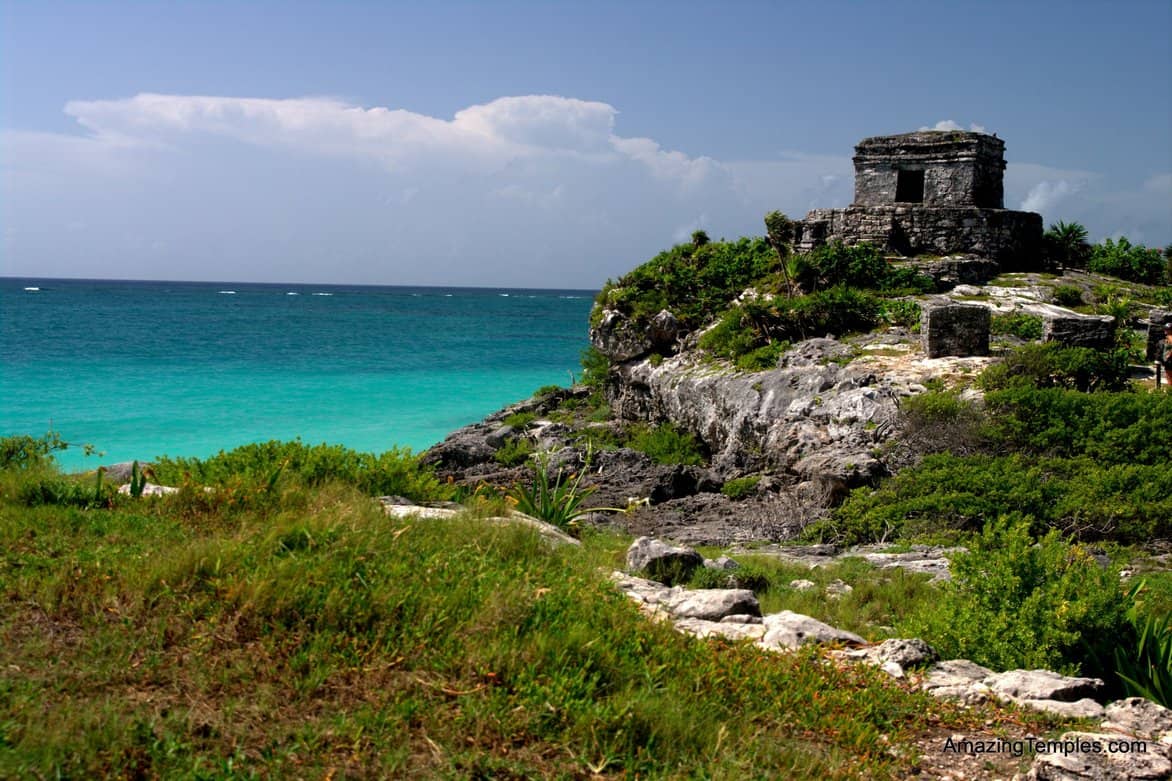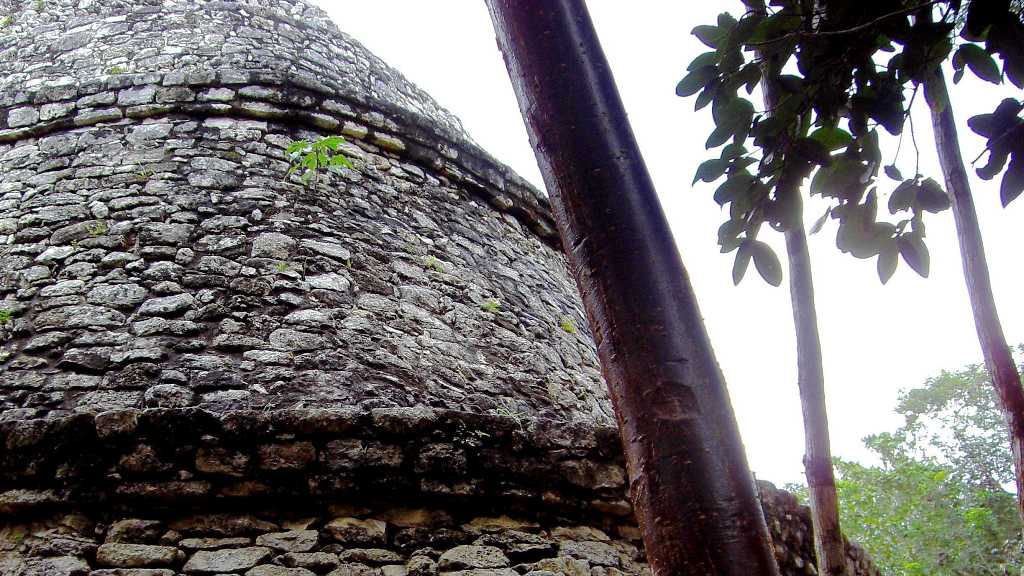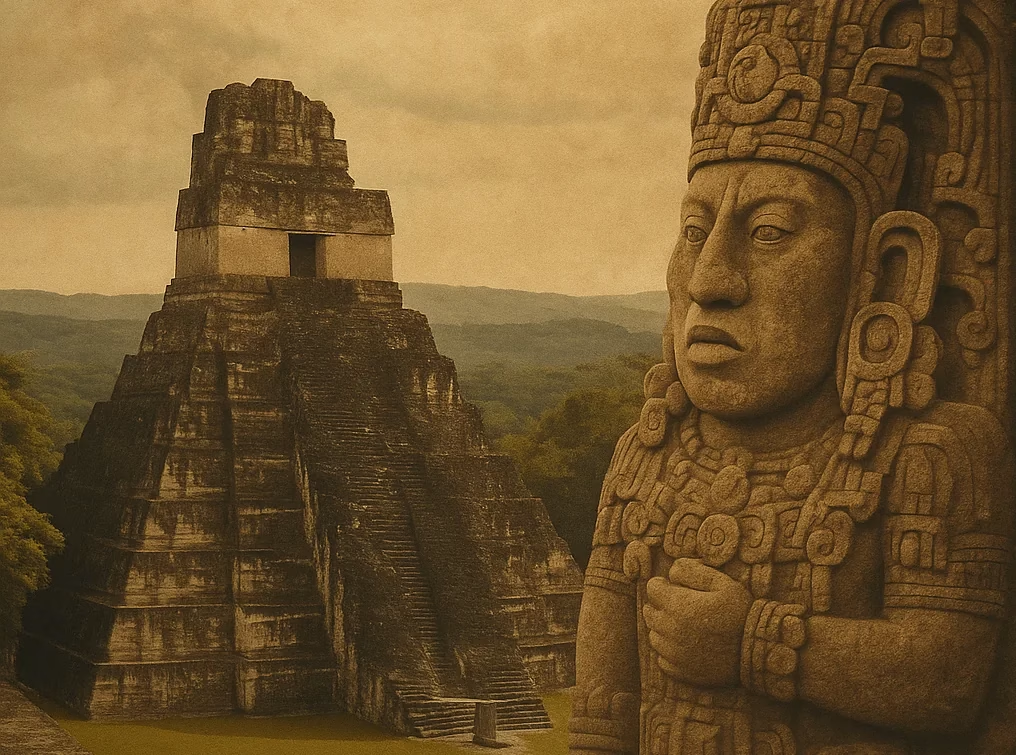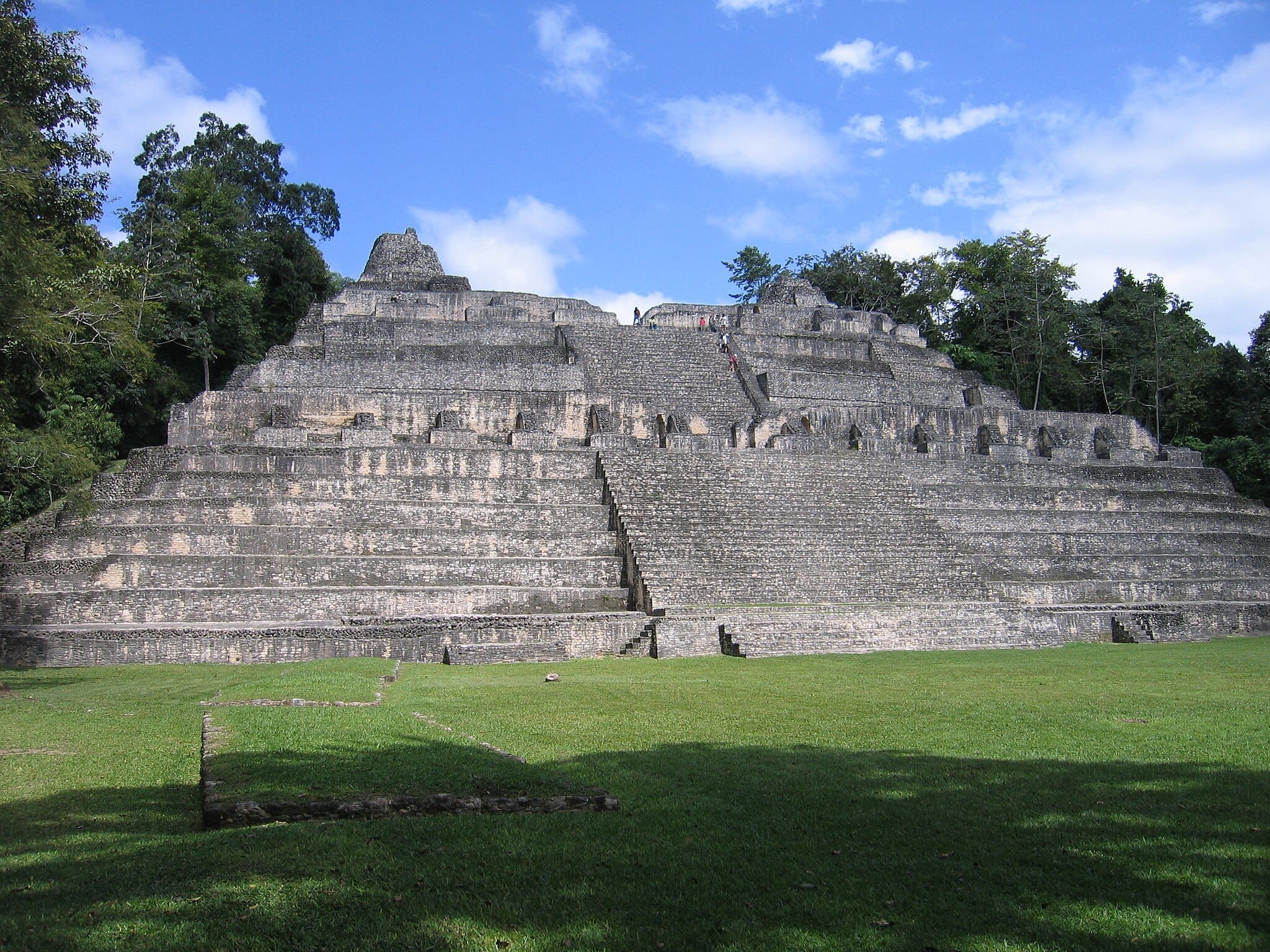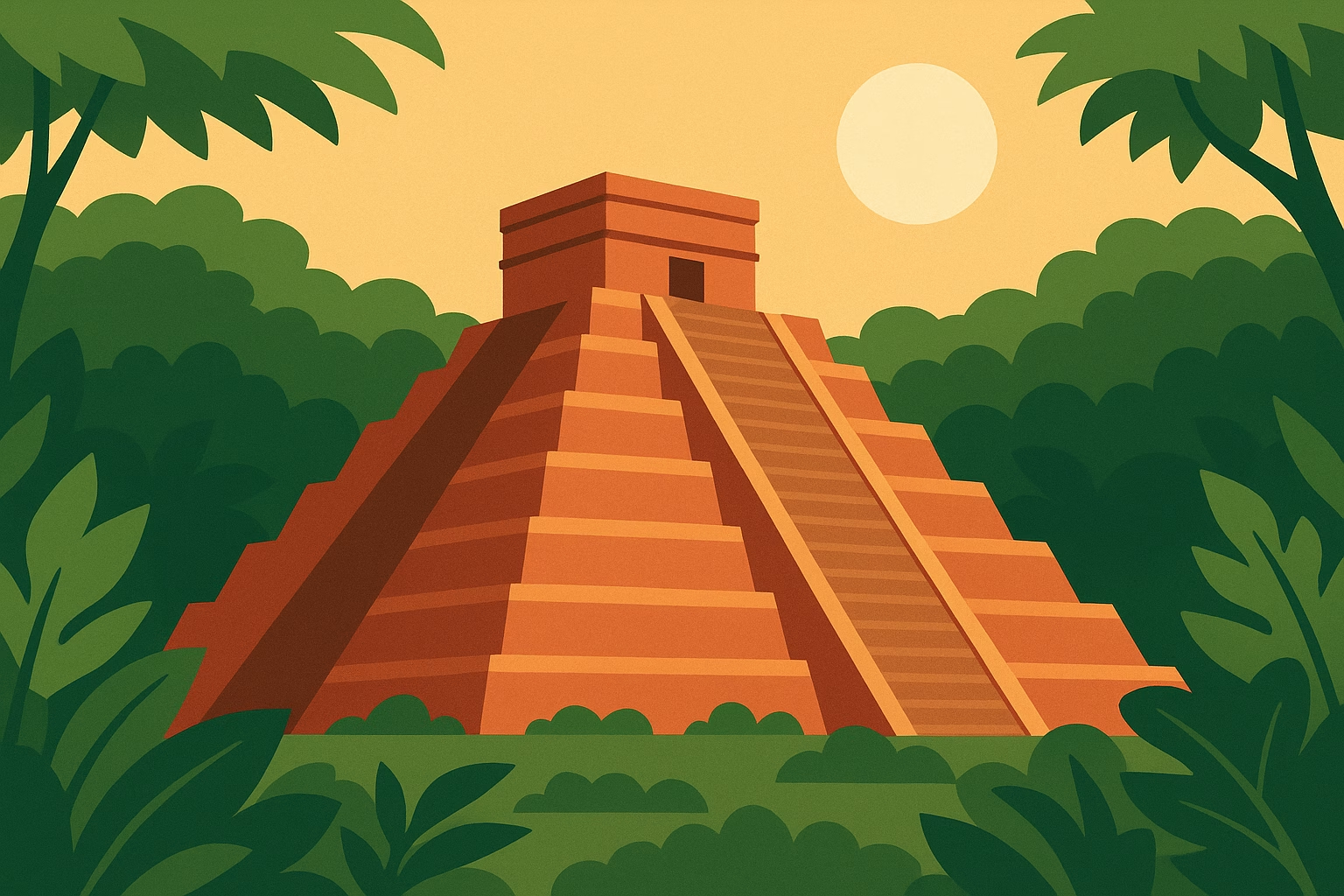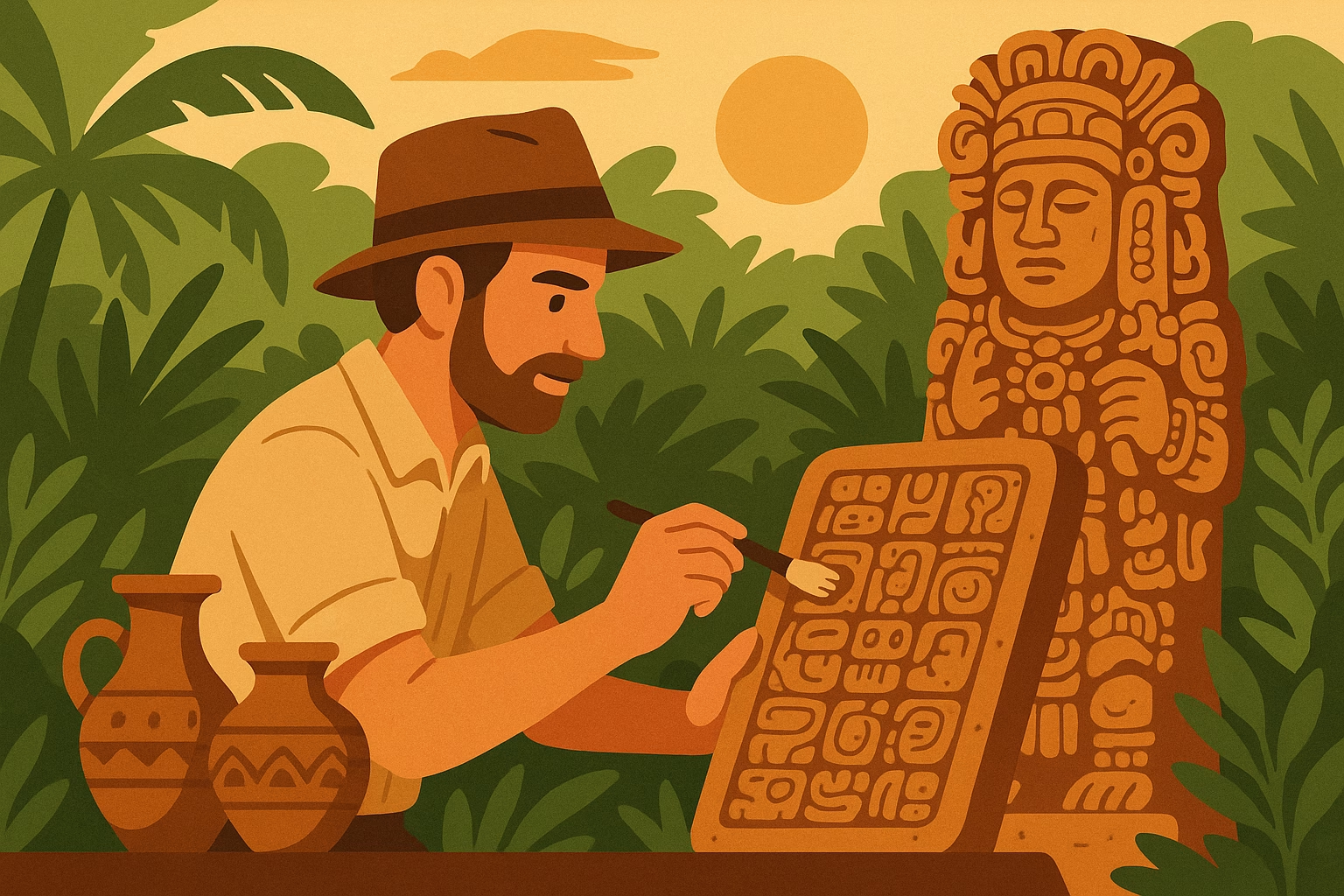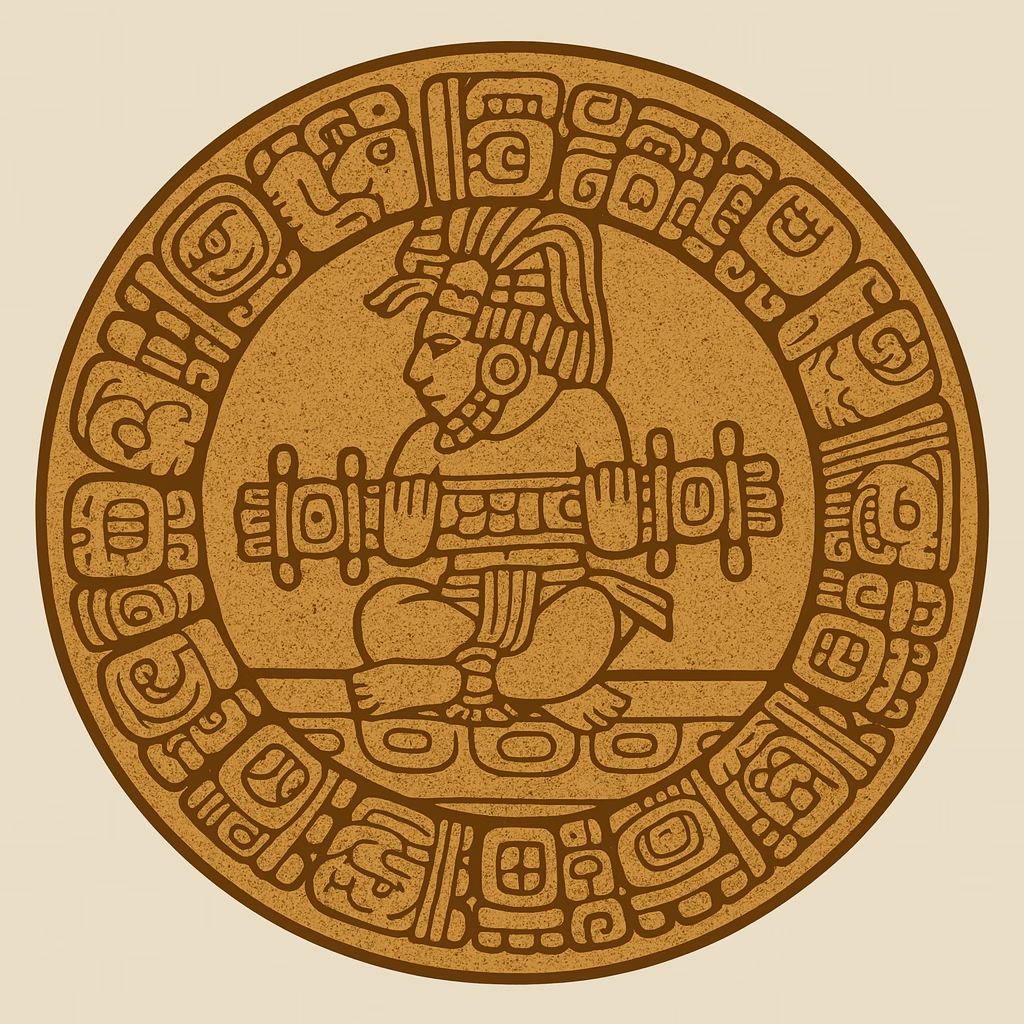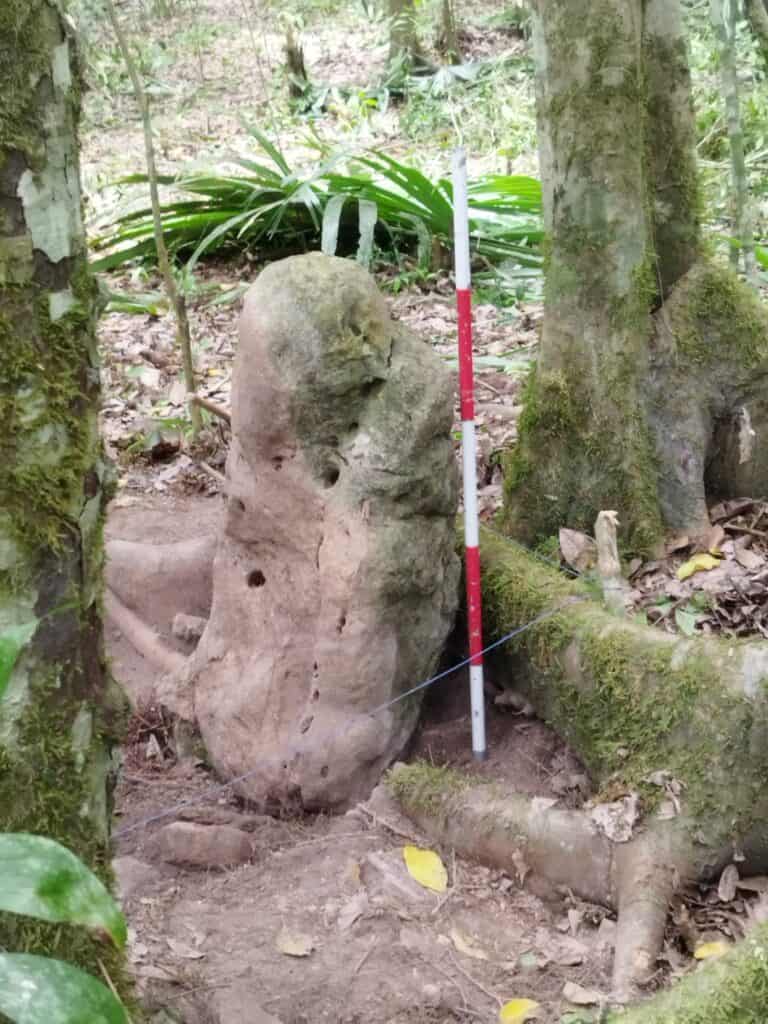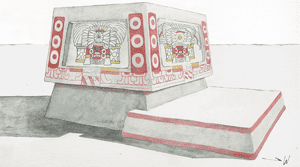Exploring Altun Ha: The Ancient Maya City of Belize
Introduction
Deep in the emerald heart of Belize’s tropical landscape lies Altun Ha, a breathtaking remnant of the once-mighty Maya civilization. Its towering temples rise above the jungle canopy, whispering tales of a bygone era where priests conducted sacred rituals, merchants traded precious jade, and rulers gazed upon their kingdom from stone altars. Today, this awe-inspiring site invites travelers, historians, and adventure seekers to walk in the footsteps of the ancients and uncover the mysteries they left behind.
In this journey through Altun Ha, we will explore its history, significance, and the allure it holds for modern visitors. From its majestic architecture to the treasures unearthed beneath its temples, prepare to be transported to a time when this city thrived as a beacon of Maya culture and commerce.
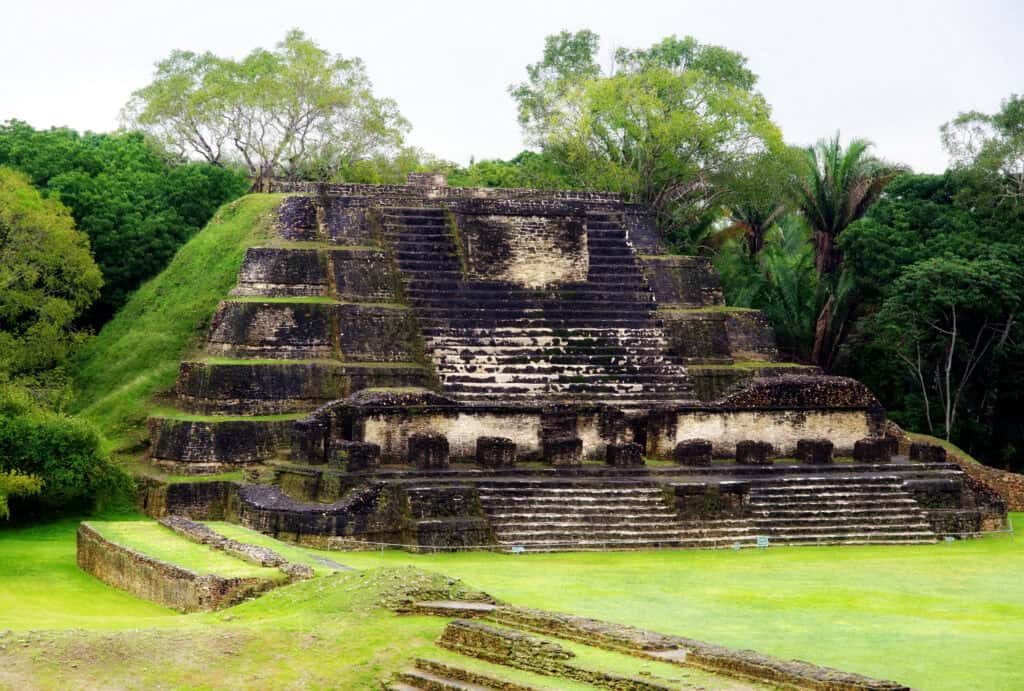
The Rise and Fall of Altun Ha
Over two thousand years ago, Altun Ha was nothing more than a modest settlement, a small agricultural community that gradually grew into a center of power and spirituality. By 250 AD, the city had established itself as a thriving hub, bustling with merchants who traded exotic goods and artisans who crafted intricate jade ornaments. It was a city where priests communed with the gods, and rulers made decisions that shaped the lives of thousands.
Its golden age arrived during the Late Classic Period (600–900 AD), a time when its influence stretched far and wide. The discovery of jade artifacts, ceremonial items, and obsidian tools suggests a thriving trade network that connected Altun Ha to great Maya cities like Tikal, Caracol, and Calakmul. The elite class governed from grand stone temples, ensuring the city’s prosperity through commerce and elaborate religious ceremonies.
But even the greatest civilizations are not immune to time’s relentless march. Around 900–1000 AD, Altun Ha’s influence began to wane. Climate shifts, prolonged droughts, and political upheaval likely forced its residents to seek new lands. Though abandoned, the city was never truly forgotten—its temples remained, standing silent and strong, as nature slowly reclaimed them.
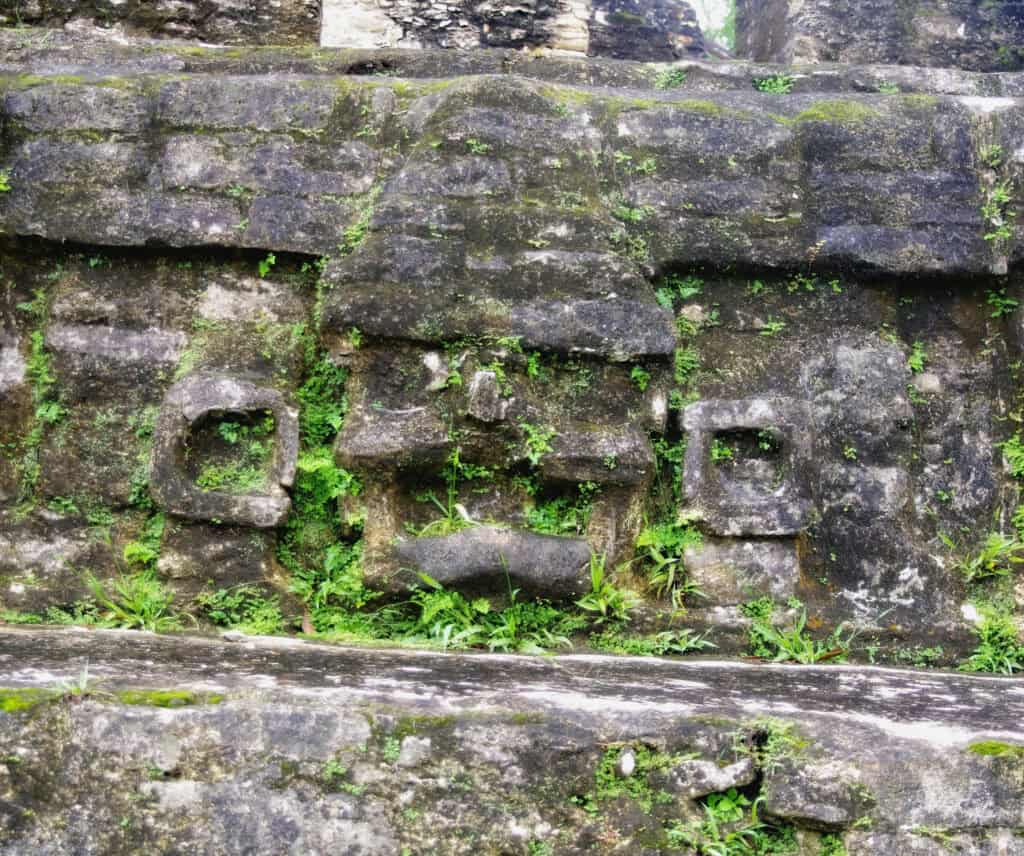
A City of Stone and Spirit
Wandering through Altun Ha today, it’s easy to imagine the city in its prime. The grand plazas—once alive with ceremonies and trade—still hold the echoes of the past. Elevated platforms and causeways hint at an urban plan designed for both functionality and grandeur. Despite lacking a major river, the city’s engineers devised an ingenious system of reservoirs and canals, ensuring a steady water supply for its inhabitants.
The architecture speaks volumes about the Maya’s ingenuity. The towering temples, constructed from limestone blocks, were not just places of worship but statements of power and devotion. Among them, the Temple of the Masonry Altars reigns supreme, rising 54 feet into the sky. It was here, within the sacred walls of this temple, that one of the greatest treasures of the Maya world was discovered—the Jade Head of Kinich Ahau.
The Treasures of Altun Ha
The Temple of the Masonry Altars
The crown jewel of Altun Ha, this temple dominates the site with its imposing structure. More than just an architectural marvel, it served as a sacred place for rituals and ceremonies, and within its depths, archaeologists unearthed an astonishing relic—the Jade Head of Kinich Ahau. Today, this temple’s image graces the label of Belikin Beer, Belize’s national beer, cementing its status as a national symbol.
The Jade Head of Kinich Ahau
Measuring six inches tall and weighing nearly ten pounds, this intricately carved jade artifact is the largest of its kind ever discovered in the Maya world. Depicting Kinich Ahau, the Sun God, it embodies the wealth, craftsmanship, and spiritual depth of the civilization that created it. Today, this priceless artifact resides in Belize’s Central Bank, a reminder of Altun Ha’s past splendor.
Other Notable Structures
- Structure B4: A temple believed to house royal tombs, where priests and rulers were laid to rest with offerings of jade, pottery, and sacred relics.
- Plaza A and Plaza B: The bustling heart of the city, where people gathered for markets, festivals, and religious ceremonies.
- Ball Court: A place of ritualistic games that held both political and spiritual significance.
- Causeways and Reservoirs: Evidence of a highly organized society that managed water resources with remarkable precision.
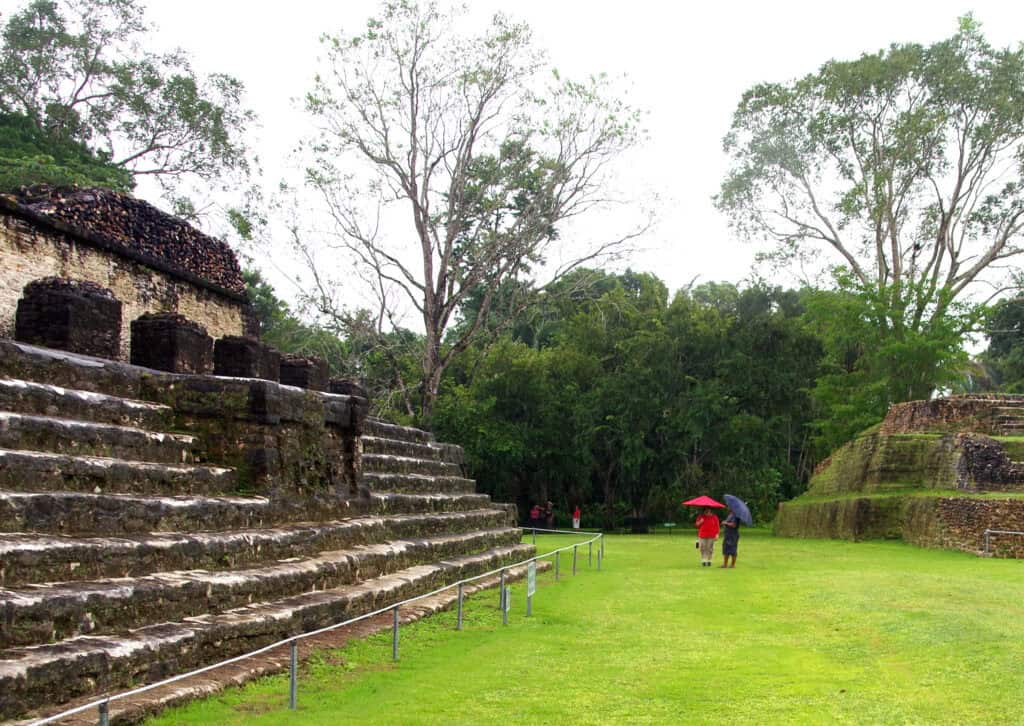
The Web of Trade and Alliances
Altun Ha’s prosperity was fueled by its extensive trade networks, connecting the city to distant regions. From the jade-rich mountains of Guatemala to the Caribbean shores, goods flowed through its markets—obsidian, marine shells, exotic animal pelts—all signs of a thriving economy. The city also forged alliances with powerful neighbors like Lamanai, Caracol, and Tikal, ensuring its influence remained strong through diplomacy and strategic partnerships.
A Sacred City
Spirituality was at the core of Maya life, and Altun Ha was no exception. Priests conducted elaborate ceremonies to appease the gods, ensuring bountiful harvests and favorable celestial alignments. The city’s temples were more than stone structures—they were sacred places where the divine met the mortal world.
Ancestor worship played a crucial role in daily life, with rulers and high priests entombed within temple complexes. The alignment of structures with celestial events suggests that the inhabitants were skilled astronomers, using their knowledge of the stars to guide both agricultural cycles and religious observances.
Rediscovery and Preservation
Though Altun Ha’s ruins had long been known to local communities, it wasn’t until the 1960s that the site gained global attention. Led by Dr. David Pendergast of the Royal Ontario Museum, excavations revealed the city’s secrets—its treasures, its history, and its legacy.
Today, efforts are underway to preserve and protect Altun Ha from the impact of time and tourism. Archaeologists and conservationists work tirelessly to restore crumbling structures, ensuring that future generations can continue to marvel at the grandeur of this ancient city.
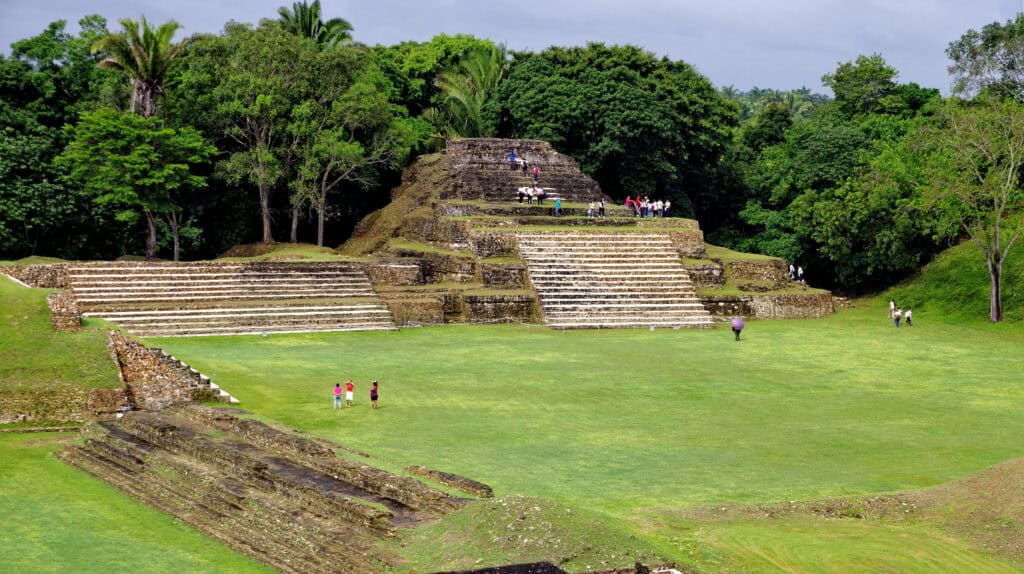
Visiting Altun Ha Today
Easily accessible and remarkably well-preserved, Altun Ha remains one of Belize’s top historical destinations. Whether you’re a history enthusiast, an adventurer, or a casual traveler, stepping onto its sacred grounds is like stepping back in time.
- How to Get There:
- A short, one-hour drive from Belize City
- Guided tours available for a deeper historical perspective
- Popular stop for cruise excursions
- What to Expect:
- Entrance fee: approximately $5 USD per person
- The chance to climb ancient temples for panoramic jungle views
- Wildlife sightings, including tropical birds, iguanas, and howler monkeys
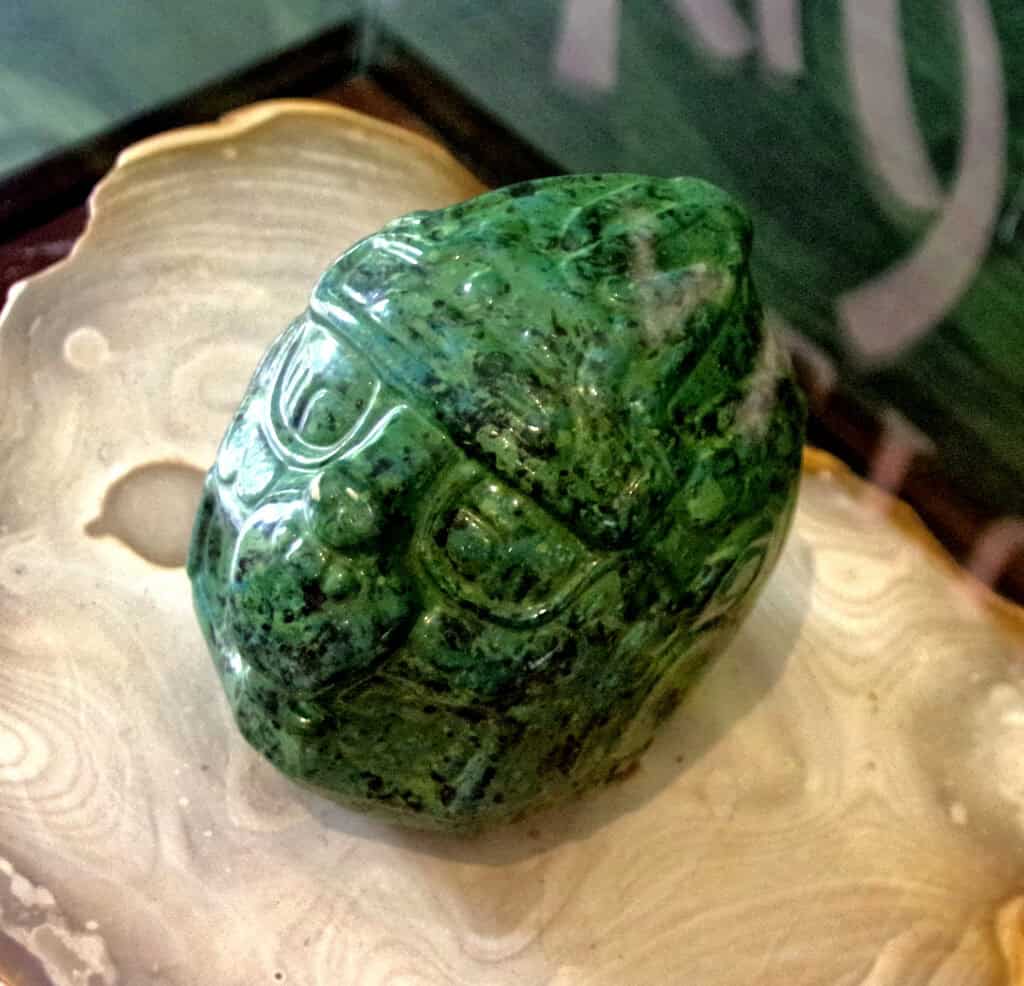
Conclusion
Altun Ha is more than a collection of ruins—it is a portal to an ancient world, where the Maya’s ingenuity, spirituality, and artistry converge in stunning form. Whether you come for the history, the adventure, or the sheer wonder of it all, one thing is certain: Altun Ha will leave you with a deeper appreciation for the civilization that once called it home.
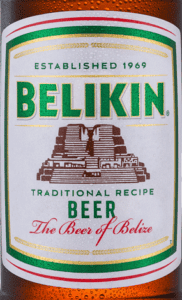
Step into the past, stand atop the grand temples, and let the whispers of history guide you through the timeless beauty of Altun Ha.
